Introduction
In the vast culinary landscape of China, regional delicacies often stand as testament to the ingenuity and tradition of local cuisine. Among these, Yibin’s Fermented Tofu Sheets, commonly known as “Chou Qian Zhang” (lit. Smelly Tofu Sheets), occupy a unique niche. This dish, with its pungent aroma and rich, complex flavor, is a beloved staple in Yibin, a city located in Sichuan Province, renowned for its fiery dishes and intricate cooking techniques. The process of making Yibin Chou Qian Zhang is as much an art as it is a science, blending the elements of fermentation, seasoning, and texture to create a dish that is both challenging and rewarding for the palate.
Origins and History
The origins of Chou Qian Zhang can be traced back centuries, with various theories surrounding its inception. Some believe it was a byproduct of ancient preservation techniques, where tofu was fermented to extend its shelf life. Others attribute its creation to the ingenuity of local chefs, who sought to enhance the flavor profile of tofu through fermentation. Regardless of its exact origins, Chou Qian Zhang has evolved into a symbol of Yibin’s culinary heritage, celebrated for its unique taste and the intricate craftsmanship involved in its production.
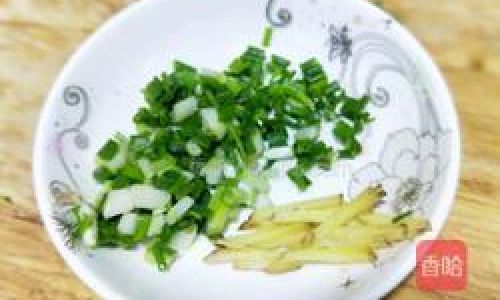
Ingredients and Preparation
The key to crafting authentic Yibin Chou Qian Zhang lies in the careful selection of ingredients and the meticulous attention to detail throughout the preparation process. Here’s a step-by-step guide to making this iconic dish:
Selection of Tofu:
The foundation of Chou Qian Zhang is high-quality tofu. Preferably, fresh, firm tofu made from soybeans is used. The tofu should be pressed to remove excess water, ensuring a dense and chewy texture once fermented.
Fermentation:
The fermentation process is crucial in developing the signature smell and flavor of Chou Qian Zhang. The tofu sheets are cut into rectangular pieces and placed in a fermentation vessel. A special bacteria-laden brine, often made from a combination of salt, water, and naturally occurring bacteria from previous batches, is poured over the tofu. The vessel is then sealed and allowed to ferment for several days to weeks, depending on the desired level of pungency. Temperature control is vital during this stage, as it affects the speed and quality of fermentation.
Seasoning:
Once the tofu sheets have achieved the desired level of fermentation, they are ready for seasoning. This involves marinating the tofu in a mixture of chili oil, soy sauce, garlic, ginger, and other spices. The seasoning not only enhances the flavor but also adds a layer of complexity to the dish. Some recipes call for the addition of pickled vegetables or fermented chili paste, further deepening the taste profile.
Cooking:
The final step in preparing Chou Qian Zhang is cooking. The seasoned tofu sheets are either steamed, grilled, or stir-fried until they are heated through and slightly caramelized on the edges. This not only cooks the tofu but also allows the flavors to meld together, creating a harmonious and satisfying dish.
The Art of Fermentation
The art of fermentation in Chou Qian Zhang is a delicate balance of science and intuition. The bacteria responsible for fermentation break down proteins and carbohydrates in the tofu, producing various compounds that contribute to its unique aroma and flavor. The exact composition of these compounds, including amino acids, esters, and alcohols, is what gives Chou Qian Zhang its distinctive “smelly” yet addictive scent.
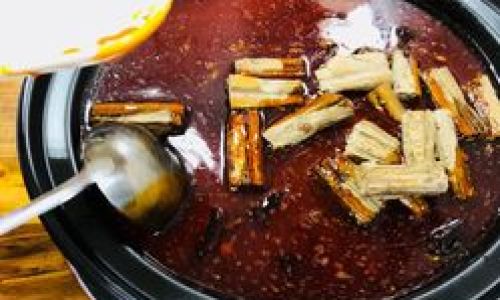
Mastering the fermentation process requires years of experience and a keen understanding of environmental factors such as temperature, humidity, and the composition of the brine. Each batch of Chou Qian Zhang is a testament to the chef’s skill and dedication, as even slight variations in the process can result in vastly different outcomes.
Cultural Significance
Beyond its culinary appeal, Chou Qian Zhang holds significant cultural value in Yibin. It is often served during festivals and special occasions, symbolizing prosperity and unity. The dish is also a point of pride for local chefs, who take great care in preserving and refining the traditional techniques passed down through generations.
Moreover, Chou Qian Zhang serves as a bridge between the past and the present, connecting Yibin’s culinary heritage with contemporary food trends. As interest in fermented foods grows globally, Chou Qian Zhang has found a new audience among food enthusiasts and chefs who appreciate its unique flavor and the craftsmanship behind its production.
Conclusion
In conclusion, Yibin’s Chou Qian Zhang is a culinary marvel that combines the art of fermentation with the rich flavors of Sichuan cuisine. Its preparation is a labor of love, requiring patience, skill, and a deep respect for tradition. As the world becomes increasingly interconnected, Chou Qian Zhang stands as a testament to the enduring power of regional delicacies, offering a window into the culinary heritage of Yibin and the broader Sichuan region.
For those brave enough to embark on this culinary journey, the reward is a dish that defies easy categorization, challenging the senses while delighting the palate. Chou Qian Zhang is not just a food; it is a story, a tradition, and a celebration of the human ingenuity that turns simple ingredients into extraordinary creations. As you savor each bite, remember that you are part of a long-standing tradition, one that continues to evolve and inspire generations of chefs and food lovers alike.
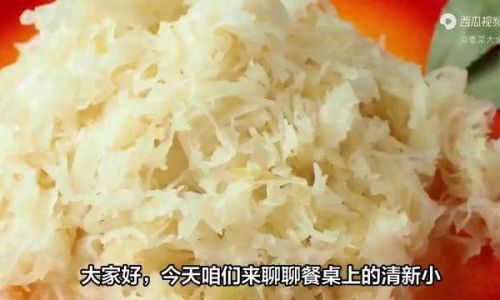

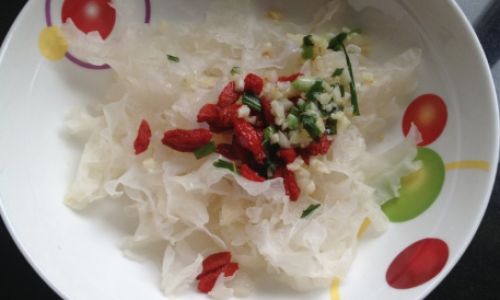
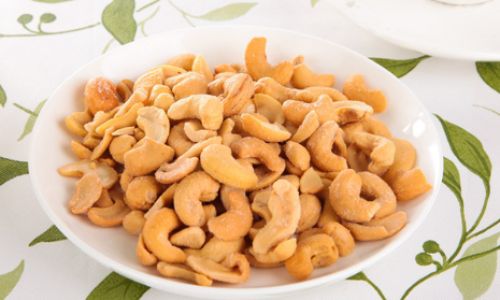
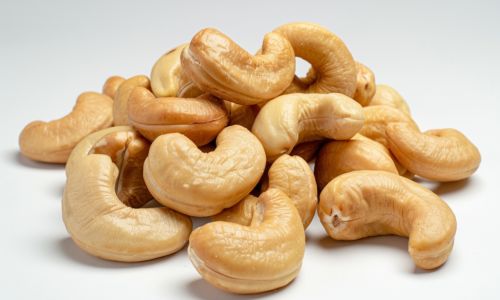
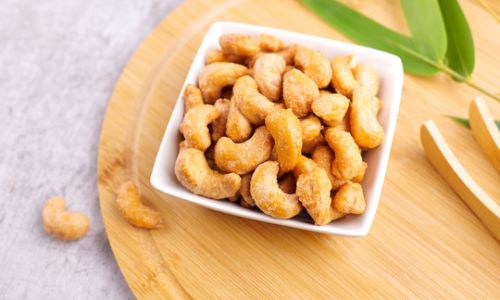
0 comments